‘Super Fluffy’ Planet Resembling Cotton Candy Discovered
Researchers have discovered an unusual planet over 1,000 light years away from Earth that resembles one of America’s favorite fairground treats, cotton candy.
What sets this celestial body apart is its incredibly low density. This scientific anomaly, known as WASP-193b, is so light that it could be described as “super fluffy,” measuring a mere 1% of the density of our own planet.
The Search for Other Worlds
Astronomy has made significant leaps in the past century, from the launch of Aerial 1, the world’s first space telescope, in 1962 to the first photograph of a black hole in 2019; the field has experienced unpreceded leaps due to the collective efforts of the scientific community.
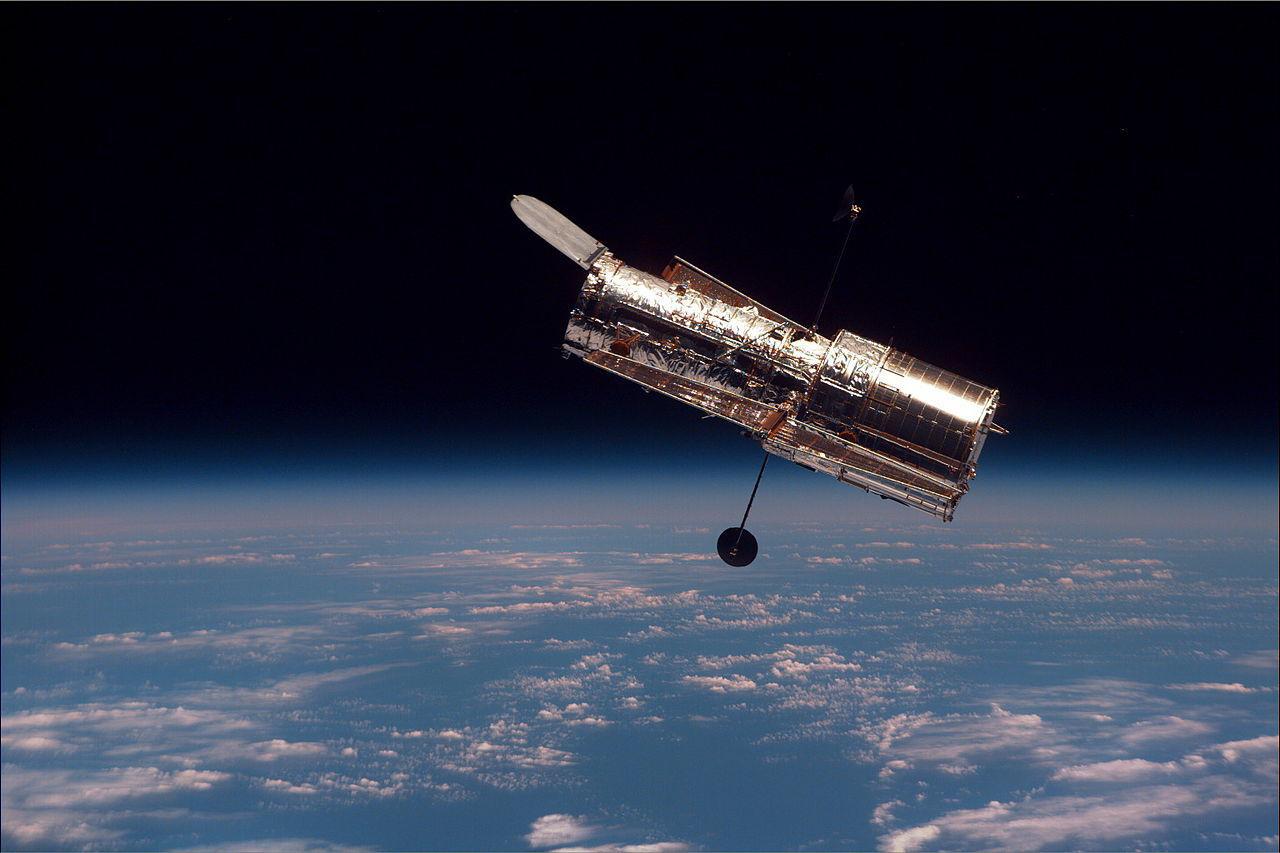
Source: Wikimedia
With each passing year, more fascinating discoveries are shared in journals. One subject that often catches the attention of any reader is new planets, which often come in many forms. The discovery of one such planet, WASP-193b, has shocked astronomers due to its incredibly low density.
The Cotton Candy Planet
Scientists discussed WASP-193b’s in a recent paper published in the journal Nature Astronomy. According to their report, the exoplanet is the second-least dense celestial body ever discovered.

Source: Freepik
The estimations suggest WASP-193b has a density of around 0.059 grams per cubic centimeter or 3.68 pounds per cubic foot.
WASP-193b Compared to Jupiter
After initial observations, astronomers discovered some shocking revelations: the exoplanet is around seven times less dense than our Jupiter, but it is also 50% larger in size.

Source: Wikimedia
On the other hand, WASP-193b has around 1% of the density of our own planet, which is why it has been compared to the popular sugary treat, cotton candy, as both are practically just air.
Professor Explains Planet is Mostly Air
“The planet is so light that it’s difficult to think of an analogous, solid-state material,” study co-author Julien de Wit, a Massachusetts Institute of Technology professor, said in a statement.
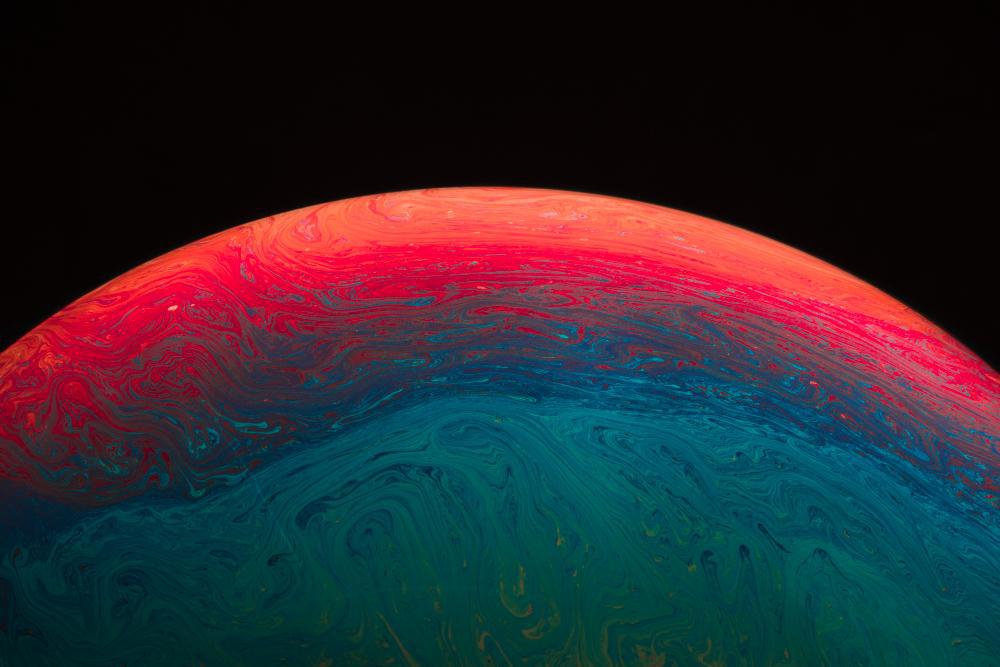
Source: Freepik
“The reason why it’s close to cotton candy is because both are pretty much air. The planet is basically super fluffy.”
Fluffy Planet is Over 1,000 Light Years From Earth
The intriguing exoplanet WASP-193b is also about 1,200 lightyears away from our planet. It was first discovered by the Wide Angle Search for Planets (WASP) scientific collaboration project in 2023, and since then, due to its low density, it has continued to fascinate researchers.

Source: Freepik
Astronomers discovered the planet following periodic dips in its brightness, which indicates that another celestial body had passed through its surface.
The Gas Giant Rotates Around a Star
After thoroughly going through all the data they gathered on WASP-193b, the researchers determined it’s a gas giant that orbits a star similar to the size of our sun once every 6.2 days.

Source: Wikimedia
According to their findings, the exoplanet has a mass that is equal to around 0.139 Jupiter, yet it is 1.5 times larger. This confirmed its incredibly low density to researchers.
The Second Least Dense Planet Ever Discovered
Speaking on the planet’s extremely low density, the study’s co-author, Khalid Barkaoui, an exoplanet researcher at the University of Liège’s EXOTIC Laboratory in Belgium, explained that it is the second least dense planet ever discovered.

Source: Wikimedia
“WASP-193b is the second-least dense planet discovered to date, after Kepler-51d, which is much smaller,” said Barkaoui.
WASP-193b is a True Anomaly, Says Researcher
“Its extremely low density makes it a real anomaly among the more than 5,000 exoplanets discovered to date,” said Barkaoui.

Source: Freepik
He continued, “This extremely low density cannot be reproduced by standard models of irradiated gas giants, even under the unrealistic assumption of a coreless structure.”
What is the Planet Made Of?
Researchers have theorized that WASP-193b could be made up of hydrogen and helium like many of the other gas giants discovered in the past. Still, for reasons unknown to astronomers, it has a further-reaching atmosphere.
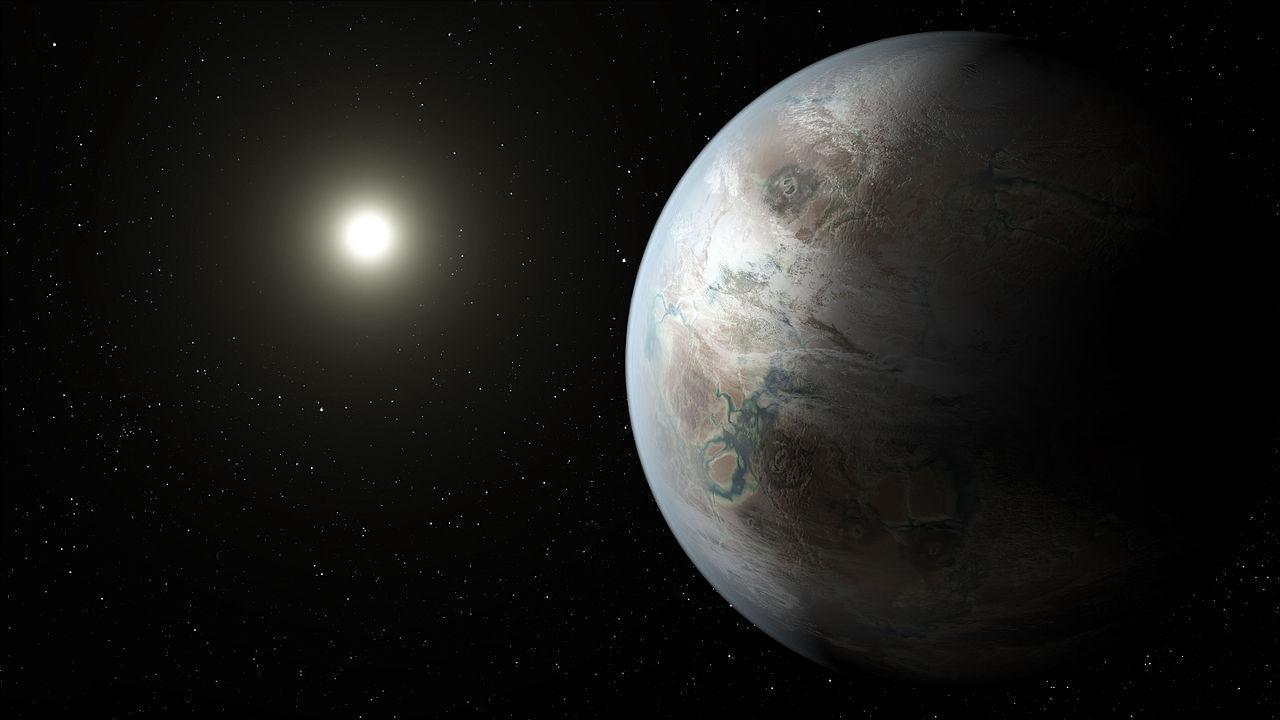
Source: Wikimedia
As observed by researchers in similar situations, planets with a relatively light atmosphere often see their gases stripped away by powerful stellar winds.
Researchers Struggle to Discern How WASP-193b Formed
Speaking on the WASP-193b’s unique qualities, study co-author Francisco Pozuelos, an astronomer at the Instituto de Astrofisica de Andalusia in Granada, Spain, said they still don’t quite fully understand the planet.
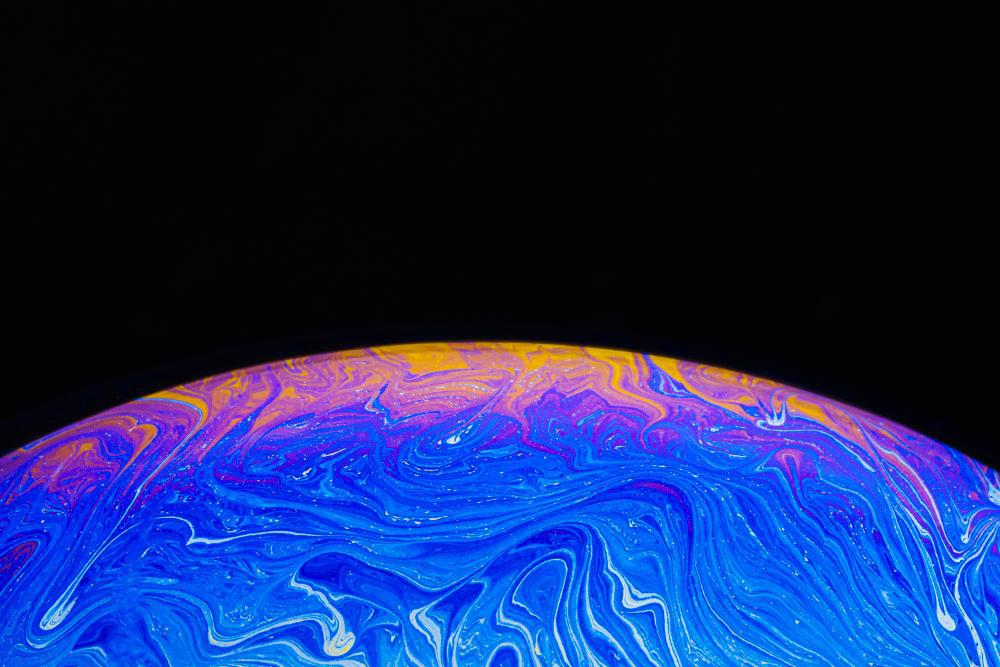
Source: Freepik
“We don’t know where to put this planet in all the formation theories we have right now because it’s an outlier of all of them. We cannot explain how this planet was formed. Looking more closely at its atmosphere will allow us to constrain an evolutionary path of this planet,” he said.
A Cosmic Mystery
Researchers such as Barkaoui hope to continue studying WASP-193b to better understand the planet.
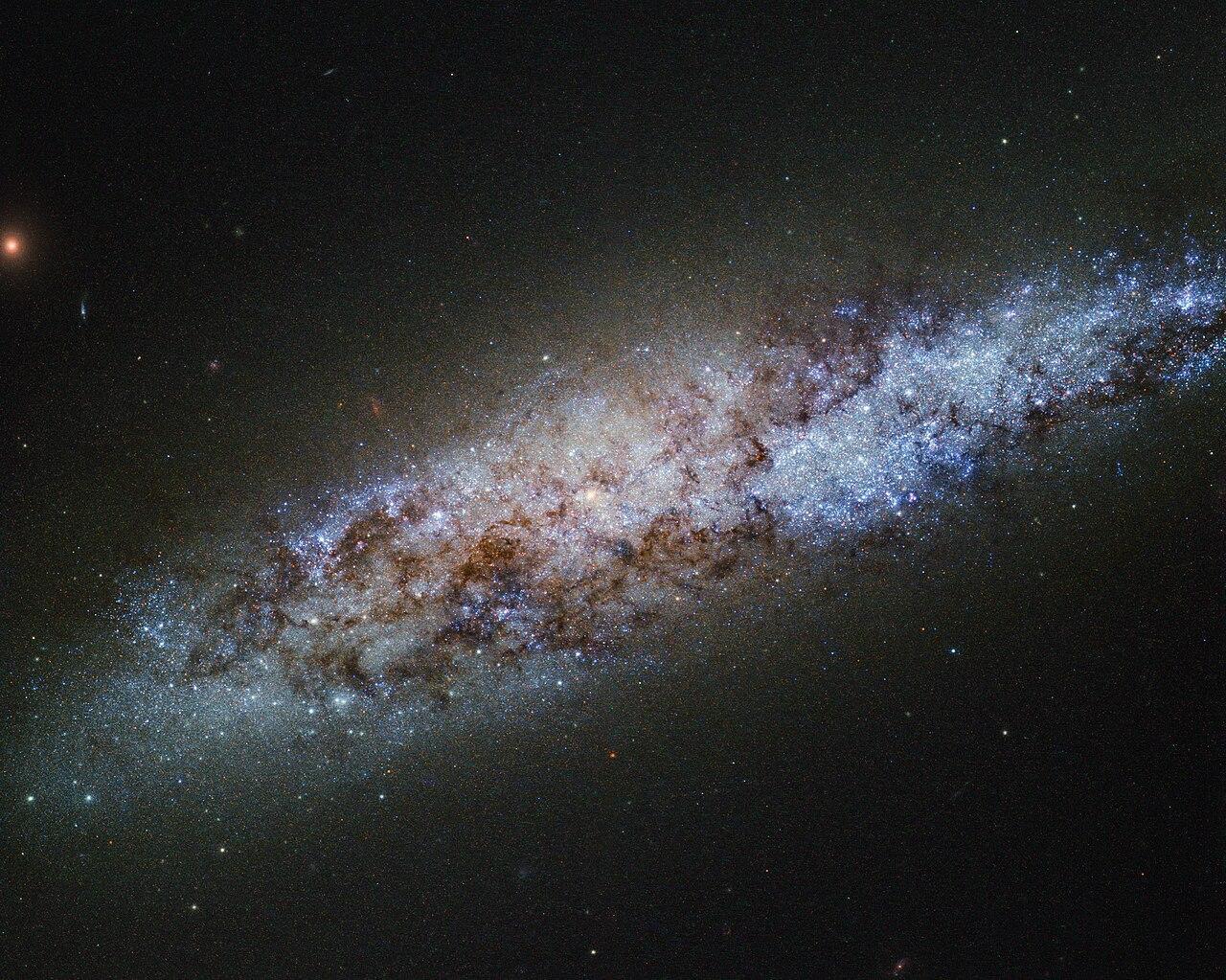
Source: Wikimedia
“WASP-193b is a cool mystery. Solving it will require some more observational and theoretical work, notably to measure its atmospheric properties with the JWST space telescope and to confront them to different theoretical mechanisms that possibly result in such an extreme inflation”, he said.
